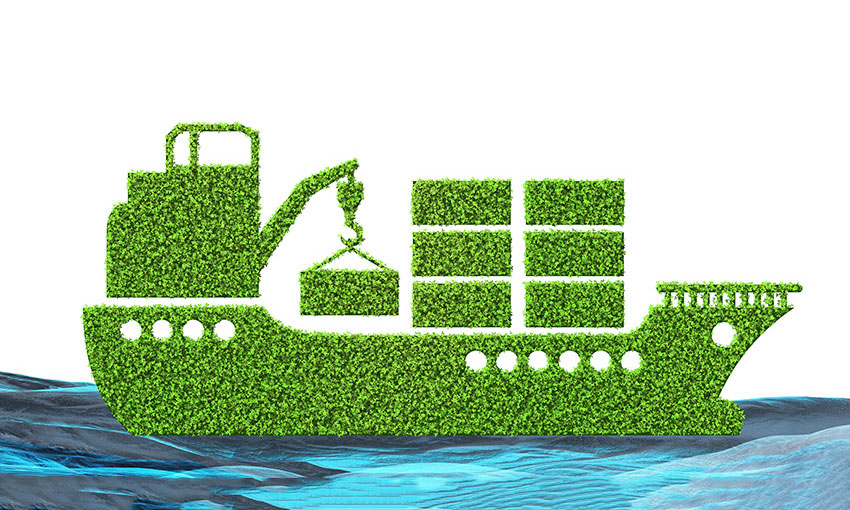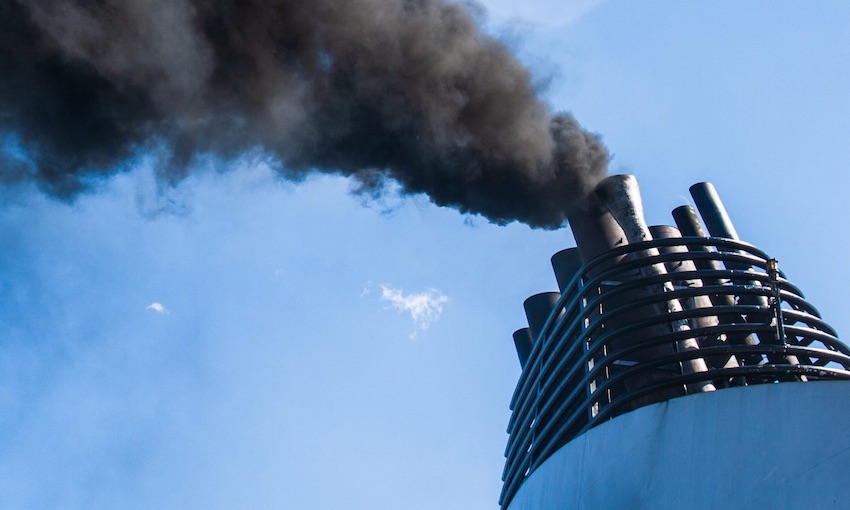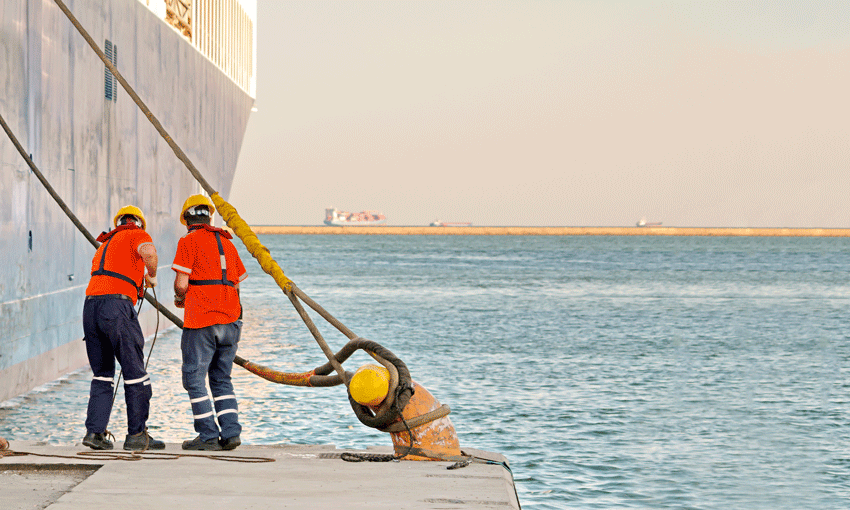CLASSIFICATION society ClassNK in a recently published white paper has outlined steps the international shipping industry needs to take in order to meet the International Maritime Organization’s greenhouse gas emissions goals.
The IMO adopted the 2023 IMO Strategy on Reduction of GHG Emissions from Ships in July this year. It includes goals such as achieving net-zero GHG emissions by or around 2050.
While the strategy sets numerical targets for reducing GHG emissions as well as indicative checkpoints, the maritime industry has not yet reached a common understanding of what these numerical targets mean for international shipping.
In the 36-page paper titled Pathway to Zero-Emission in International Shipping – Understanding the 2023 IMO GHG Strategy, ClassNK sets out estimations based on the allowable greenhouse gas emissions and the required introduction amount of zero-emission fuels and ships for the industry to achieve the IMO’s checkpoints.
ClassNK said its paper is intended to encourage broad discussions among stakeholders and accelerate efforts toward decarbonisation.
The white paper analyses the allowable life cycle GHG emissions for international shipping and the required introduction amount of zero-emission fuels and zero-emission ships to achieve the targets and indicative checkpoints in the 2023 IMO GHG Strategy, including comparisons with the current situation.




